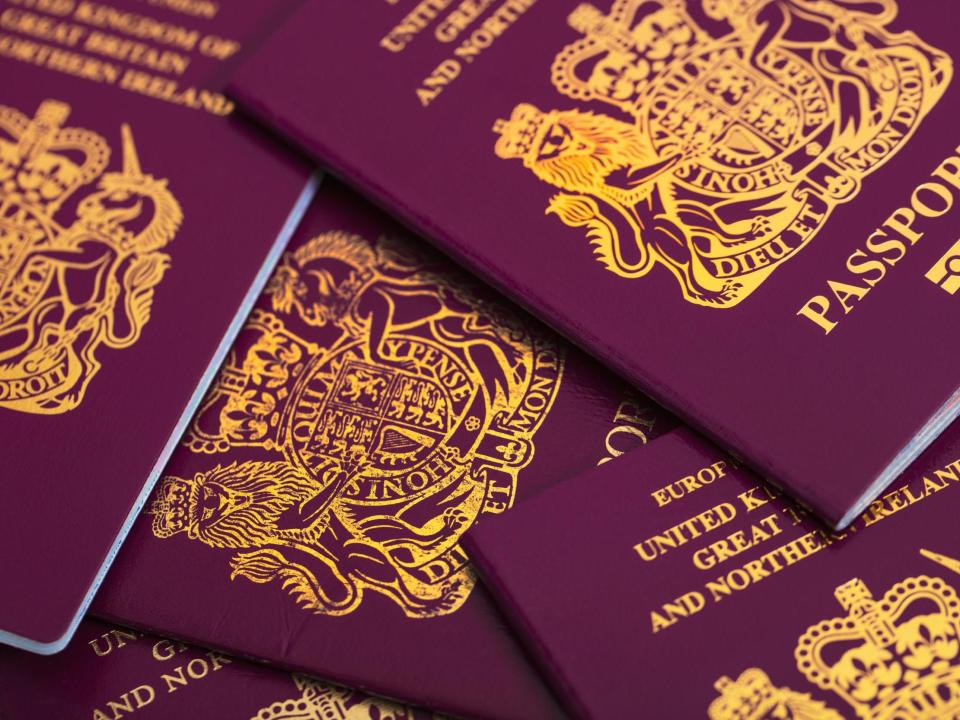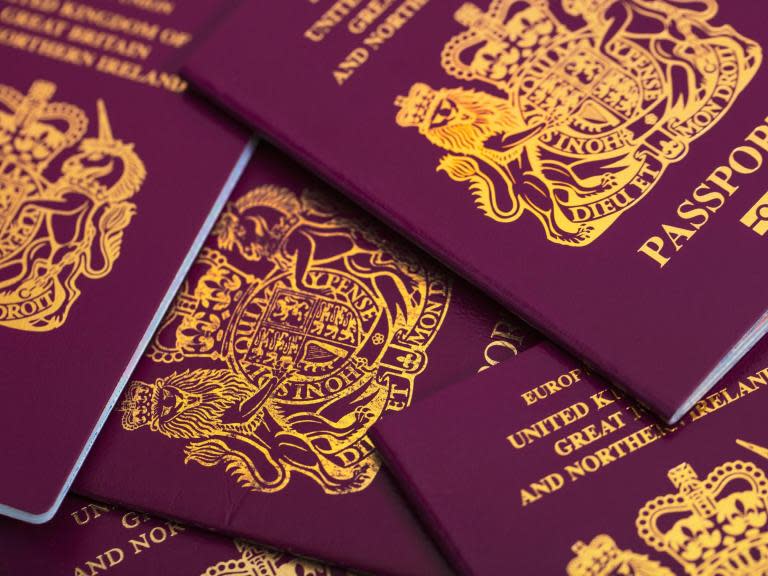How airport border guards test your passport to see if it’s a fake
When you start to look like your passport photograph, the saying goes, it’s probably time to come home.
But at Moscow airport on Wednesday evening I was trying my best to match the sleep-deprived grump depicted on page 2 (and, in lower resolution, page 3) of my travel document.
At that very moment, Britain’s governing party was tearing itself and the country apart over Brexit. The issue is deeply rooted in immigration and identity, which happened right then to be my concerns, too.
The passport official at the Russian capital’s Domededovo airport scrutinised my face as though checking for defects on a cauliflower in a greengrocery. She squinted at the picture then looked back at me. When eventually she was satisfied with the resemblance, I imagined the passport would be handed back, perhaps with the added bonus of a smile. But the official kept hold of the document.
By now she had lost interest in my face. Yet I was intrigued by hers, as she peered through a high-powered magnifying glass at the key pages of the passport. With a brightly polished thumbnail, she then picked at the clear plastic veneer covering the picture and my personal details. (It stayed intact.)
After a quick dip in a pool of ultra-violet light, my passport was returned, the barrier opened to admit me to the Russian Federation and I won a smile.
The encounter set me thinking: what do border staff test for with a passport? As luck would have it, British Airways had just provided me with the perfect opportunity to find out. My BA plane from Heathrow was so late that I had missed the onward connection to Volgograd with a seven-hour wait for the next flight. With the help of a half-decent internet connection, I began a night in search of the secret life of border guards.
By the time the silly o’clock flight to the city formerly known as Stalingrad was boarding, it was clear that the lady who checked my passport so intently had ticked all the right boxes.
Like a Russian doll, passport fraud has several layers.
The first, according to my primary source, is impersonation. “The person is simply a ‘look-alike’ presenting a genuine document.” The Moscow airport official spent an age comparing the photograph with the real thing in case I was pretending to be someone else.
“Ears are unique to each person,” the source further explains.
The picture in my passport show the left ear with a mind of its own, as though an invisible hand were cupping it to catch a word.
The next form of identity criminality is far more sophisticated: counterfeiting, “a complete reproduction from scratch to resemble an officially issued document”.
Few counterfeiters have access to the cutting-edge equipment used to print genuine passports, so a magnifying glass helps to spot fakes.
“Background areas on secure documents are printed to a high standard,” my source informs me. “Using magnification, solid lines and detailed designs should be visible.”
The third type of fraud is forgery, defined as: “A genuine document that has been unlawfully altered in some way, for example substituting a page, substituting a photograph or altering the personal details.”
In the olden days, the holder’s picture was simply stuck on the appropriate space on the passport, requiring only primary school skills to replace it with someone else’s. Today, the photo is digitally printed on the passport and laminated, along with your personal data.
Even so, some villains still try to tamper with stolen passports, for example by replacing entire pages. As genuine documents use dull, secure paper which doesn’t fluoresce, replacement pages may not. The ultra-violet check at Moscow airport is to test for unexpected brightness, indicating unlawful interference.
While the Russians doubtless know a thing or two about fake documents, this identity intelligence didn’t come from them. Instead, I distilled it from a Home Office briefing for border staff, Guidance on examining identity documents, which the government (ours, not Russia’s) has published online.
Back at the airport in Moscow, other passengers were getting the same treatment. Don’t expect the border process to speed up until new-generation biometric checks are introduced. But at least now you know what, or who, they’re looking for.



